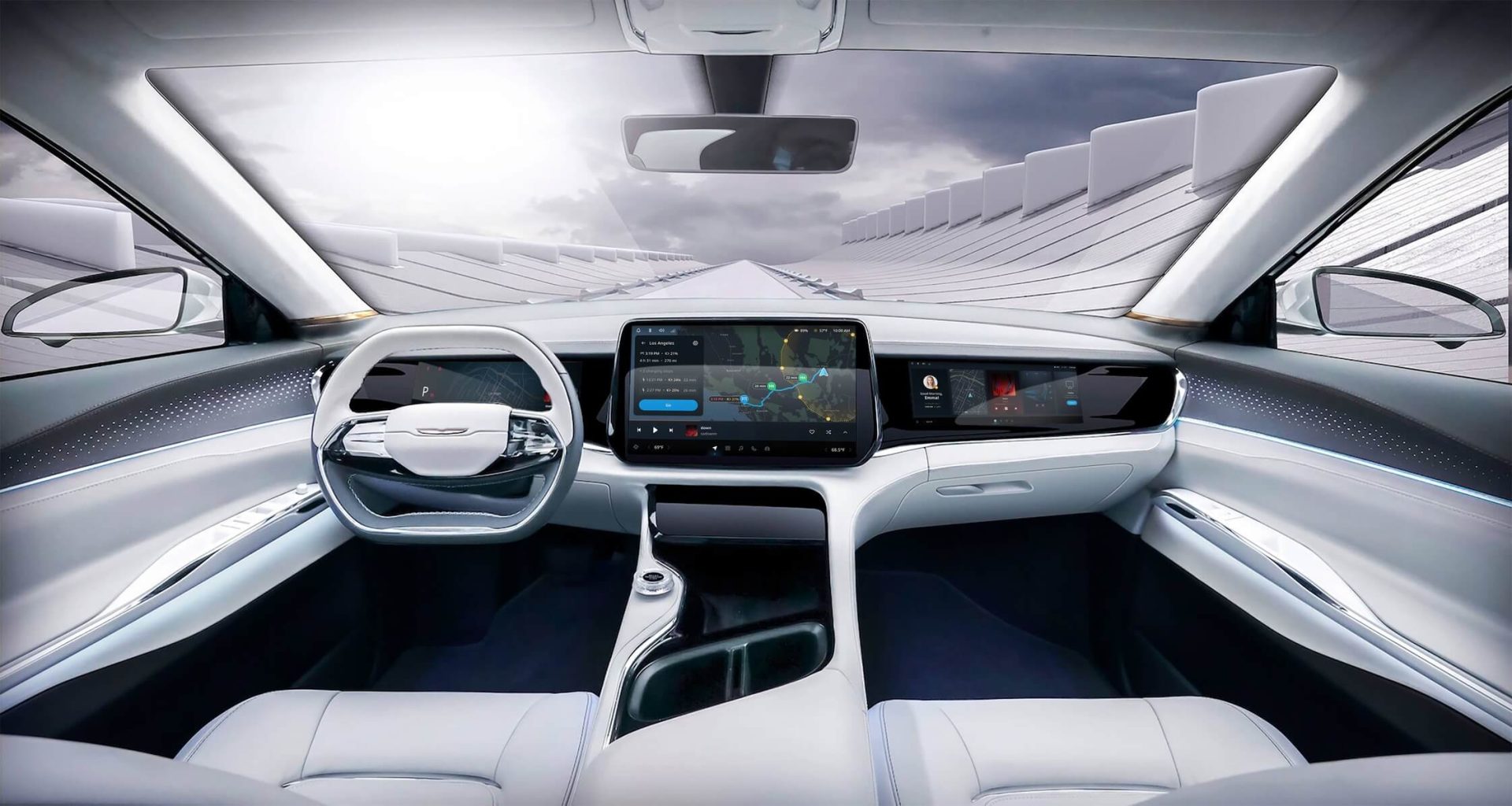Global automaker Stellantis N.V. led the creation of the world’s first virtual cockpit platform as part of its Stellantis Virtual Engineering Workbench (VEW) enabling the delivery of infotainment tech to customers 100 times faster than previous processes. The new platform uses the QNX® Hypervisor in the cloud from BlackBerry, which is now on early access release via AWS Marketplace within the QNX Accelerate portfolio of cloud-based tools. Stellantis can now create realistic virtual versions of car controls and systems, making them behave just like they would in a real car, but without needing to change the main software that runs them, taking what used to take months to be achieved down to 24 hours in some cases.
Accessing QNX Hypervisor via AWS Marketplace enables Stellantis to include a virtual cockpit high-performance computing (HPC) simulation into a cloud environment. This industry-first platform for mixed-criticality and multi-OS embedded application development includes QNX Hypervisor Amazon Machine Images (AMIs) and industry-standard hardware interfaces as defined in the VirtIO standard Trout v1.2. With tools such as virtualization of graphics, audio, and touchscreen/mouse/keyboard inputs, the solution offers little to no difference between running QNX Hypervisor-based systems in the cloud versus on real hardware.
Software is a key building block for Stellantis to deliver clean, safe and affordable mobility, as outlined in the Dare Forward 2030 strategic plan, and the driving force behind the AI-powered STLA Brain, STLA SmartCockpit and STLA AutoDrive technology platforms. In 2022, Stellantis selected AWS as its preferred cloud provider for vehicle platforms and the companies began work on Stellantis’ purpose-built, in-house VEW.
Taking a software-driven approach and deploying the QNX Hypervisor in the cloud, Stellantis can accelerate customer feedback sessions, and with minimal effort, replicate the cockpit experience of a particular brand and vehicle, and make changes in real time to optimize the experience for the driver. This real-time feedback, underpinned by low-latency access to the cloud, allows Stellantis to solicit valuable feedback from its customer and developer base to build future infotainment features and applications.

